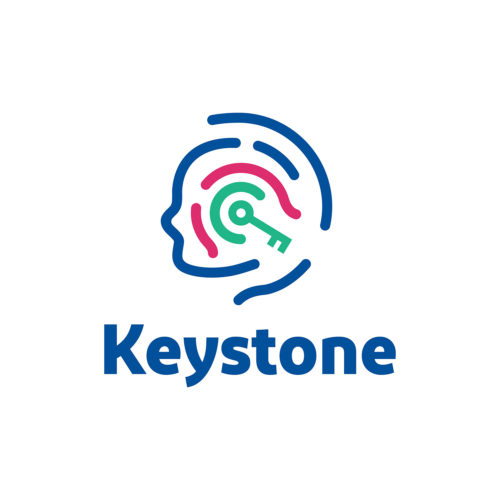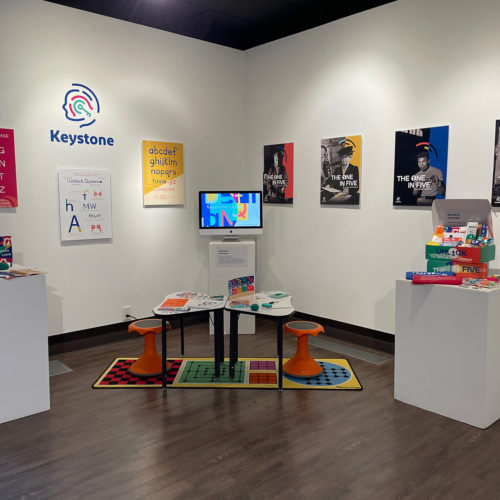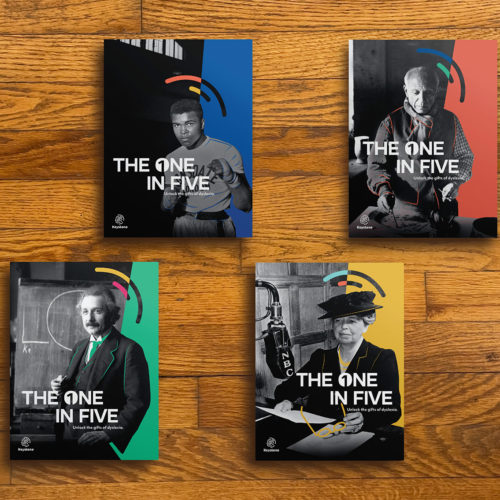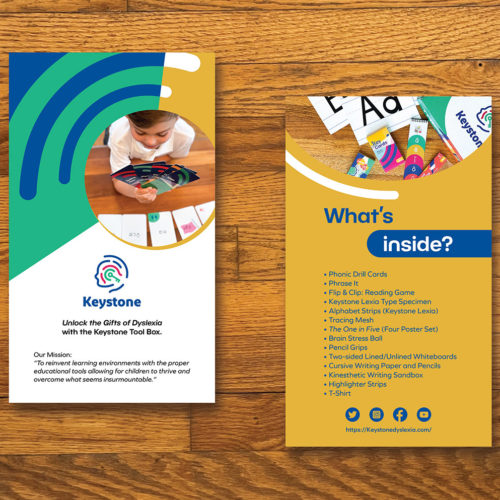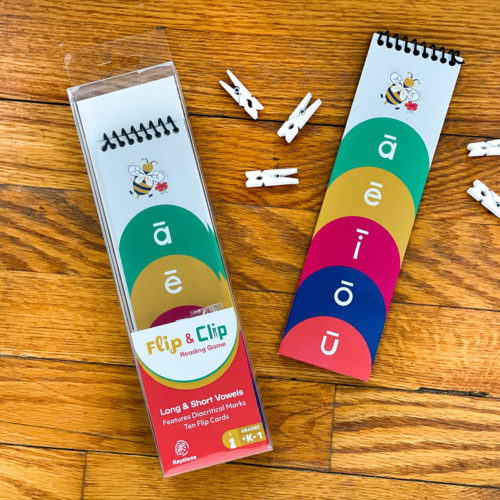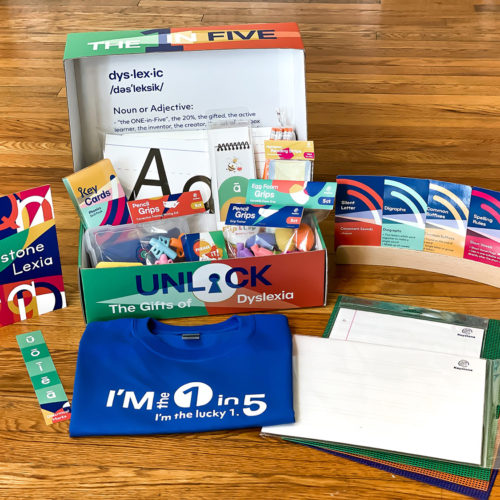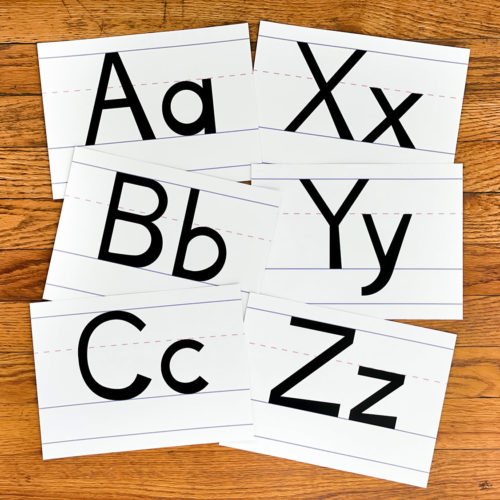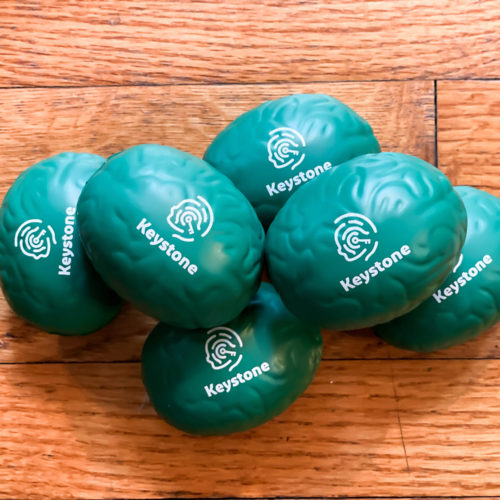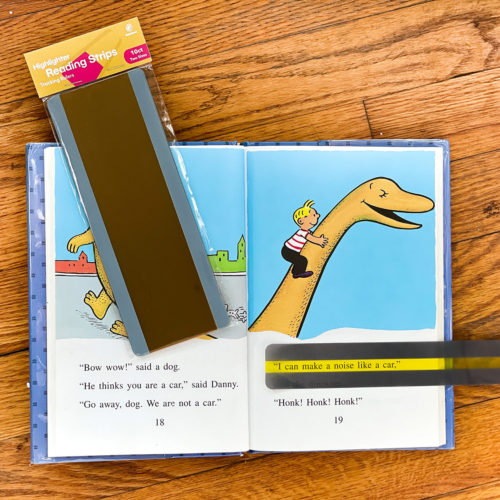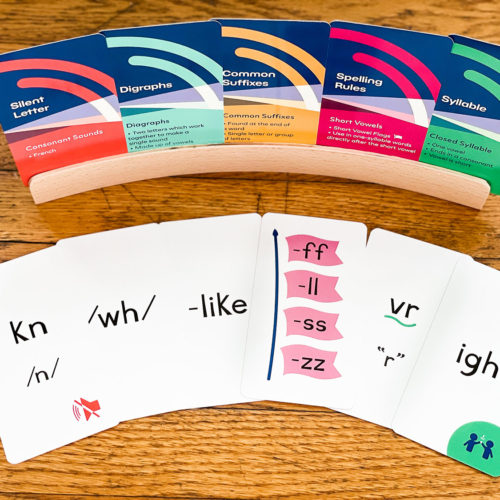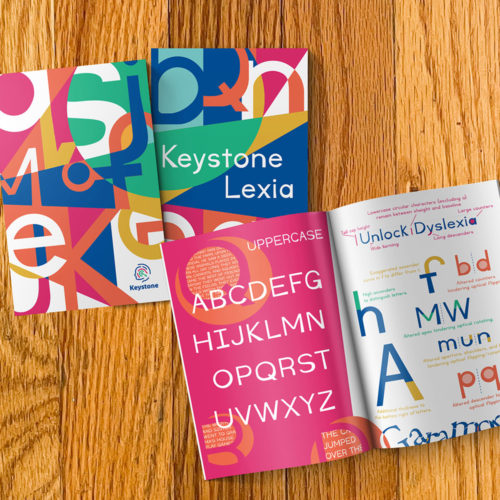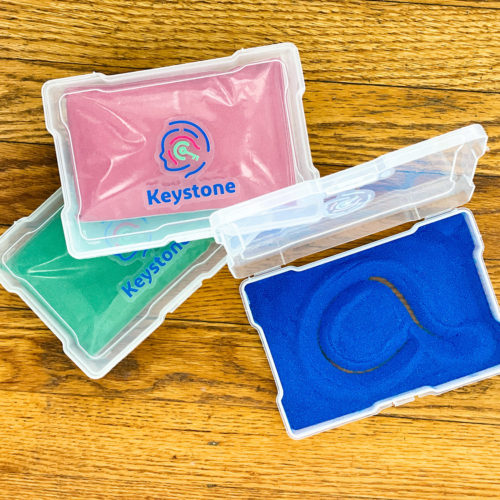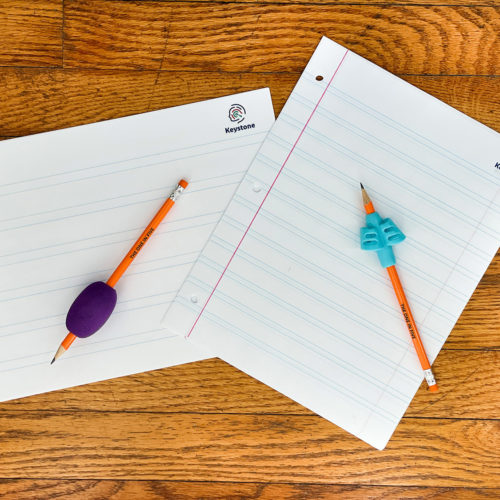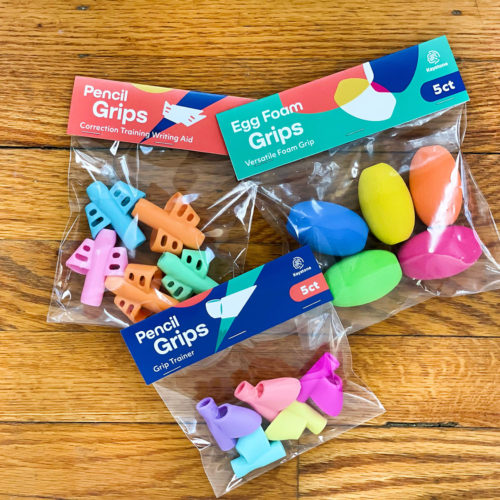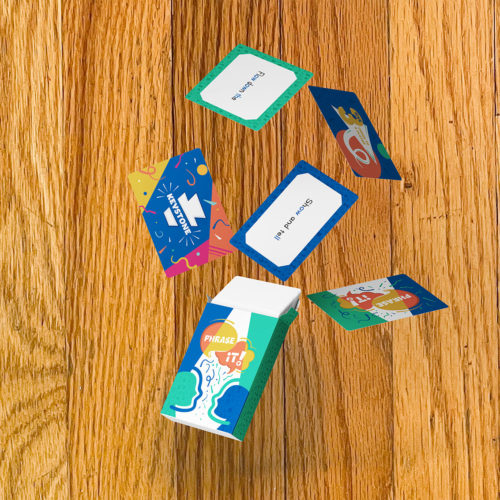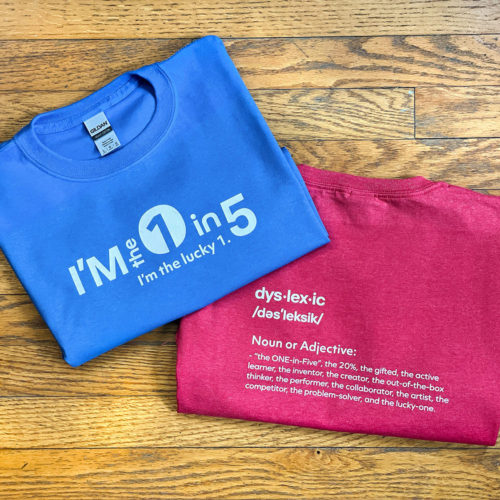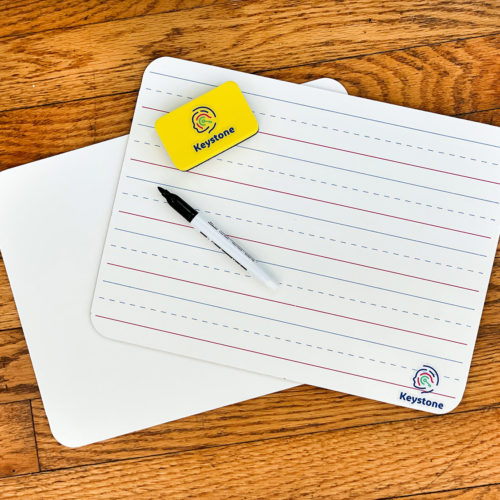Hannah Jones
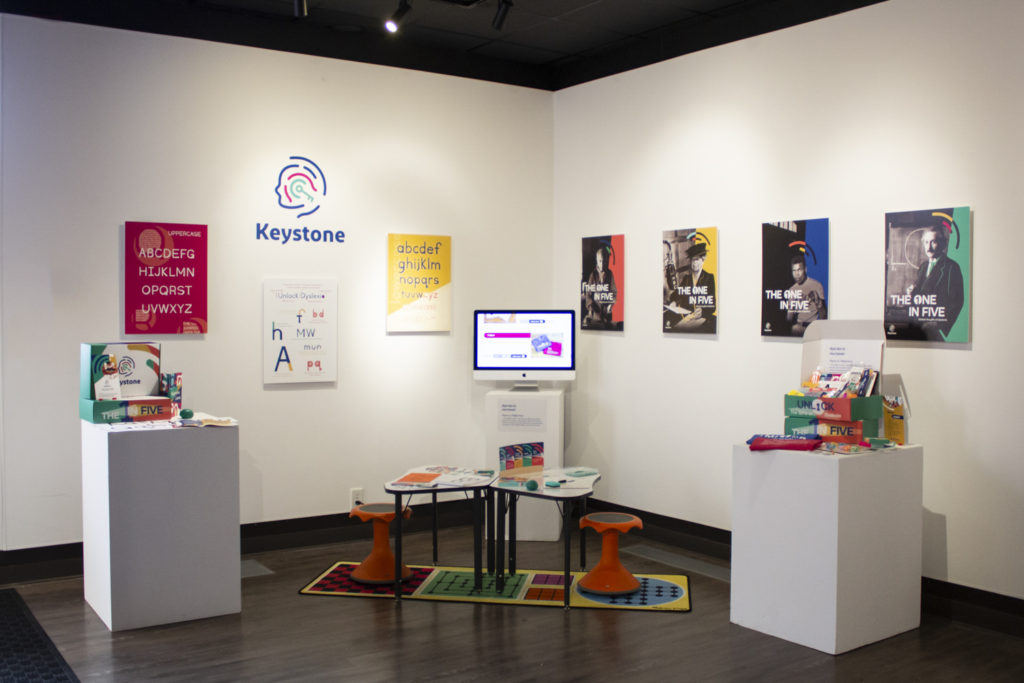
“Keystone” by Hannah Jones
Dyslexia is a learning difference affecting one out of five people. I am dyslexic: I am the one in five. Though this learning difference is present in every classroom, there is a lack of understanding of how to approach it in the academic setting. Due to this misunderstanding, there are limited resources on the market geared towards a dyslexic learning approach. This leaves educators to create “home-made” learning tools to meet the needs of dyslexics. There is a demand for dyslexic tools in classrooms and homes across the nation.
The Keystone Tool Box responds to the present demand for educational materials focused on a complete language awareness. The beauty of Keystone lies in the experience of the Orton-Gillingham Multisensory Approach of a visual, auditory, and kinesthetic learning process. The Tool Box contains a variety of educational materials aiding a child in reading development. Keystone also provides a dyslexic body copy typeface called Keystone Lexia. The additional weight in the southeast corner of the characters, gives the reader a sense of optical stability with each word. Also, the uppercase and lowercase characters are uniquely designed to prevent optical flipping, rotating, and reversing of letterforms. The Keystone Lexia typeface is strategically used in the Tool Box; anything a dyslexic child reads is set in the Keystone Lexia typeface for readability, while any other copy for an adult is set in a different typeface. Through case studies, Keystone Lexia proves its readability with dyslexics. The Keystone Tool Box is geared towards dyslexic children, but the educational tools provided benefit all students. Reevaluating one’s classroom teaching, curriculum, and methodology are the critical steps toward helping a child overcome what seems insurmountable.
